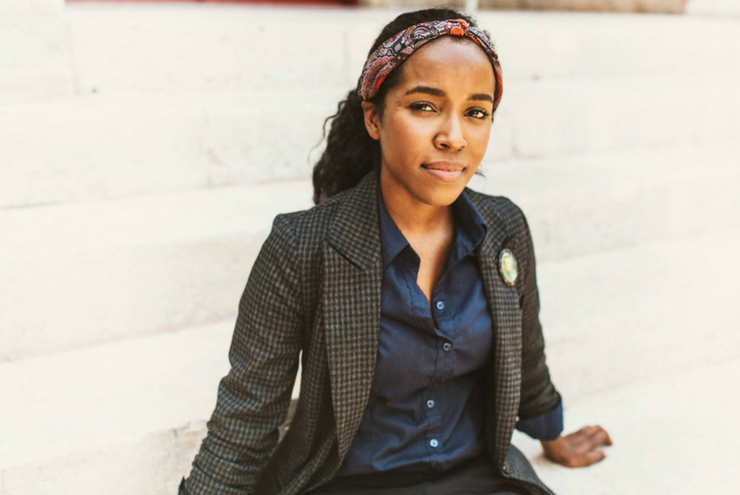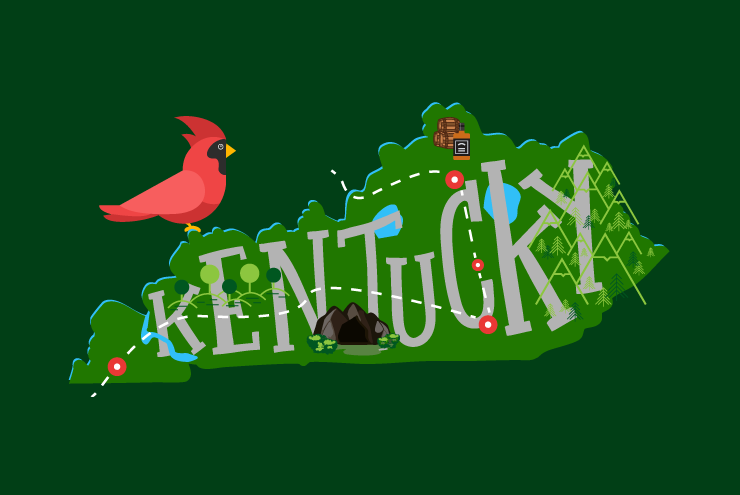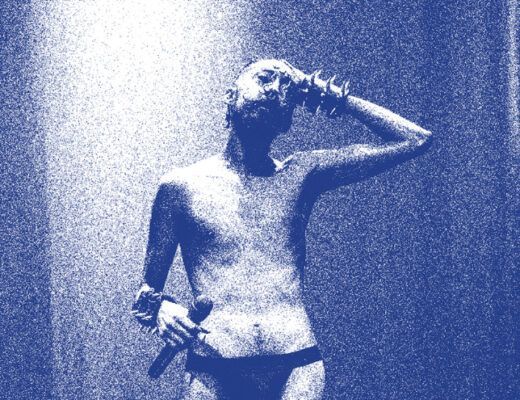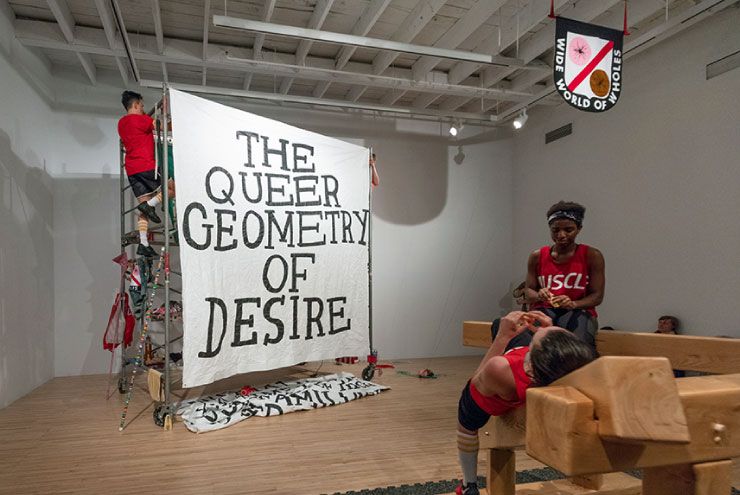By Josh Watkins
In the digital age, a great deal of queer identity and community is built on the Internet. From memes on Tumblr to watching the HRT journeys of trans YouTubers, the online world presents a whole new way to express queerness. Spectrum South recently caught up with Sydney Turner—writer, comedian, and YouTuber—to discuss the possibilities and repercussions of queer online activism.
Turner’s interest in queer digital communities stems from her own sexual and gender identities. “I first came out by changing my MySpace profile sexual orientation,” Turner laughs. “Pathetic, but I grew up on the Internet.” Turner came out as bisexual in middle school, but now feels most comfortable identifying as pansexual.
Turner first got involved with the queer community at age 12 when she joined her middle school’s Gay-Straight Alliance with her two closest friends. “I wasn’t even completely out at this time,” Turner explains. “But I was doing a lot [to make sure] the GSA had a presence at the school.” She even organized a few friends to paint a pro-marriage equality banner that some of her school’s faculty and staff carried in a march in Boston. Turner continued her LGBTQ activism by joining her high school’s GSA and then co-chairing a queer campus organization during college.
When Turner came out, she was met with support from friends and advisors at her school’s GSA. Her family, however, was a different story. “It caused a lot of strife between me and my mother, which still lasts somewhat to this day. I didn’t really talk to my dad about it, but I found out after he passed away that he thought I was a lesbian,” Turner explains. “I very recently had a falling out with my step-mom related to race, politics, and sexual orientation, so we are no longer on speaking terms.”
But the falling out with her family had a silver lining—it pushed Turner to seek out therapy in regards to her gender identity, and to live life the way she truly wants.
Although she was assigned female at birth, Turner says she’s always had a tenuous relationship with her identity as a girl/woman. She previously experimented with her gender expression, but “clammed up and tried hard to fly under the radar” when she moved from Massachusetts to Texas in 2007. Ten years later, she is coming to terms with her gender identity. “Right now, I’m most comfortable identifying as ‘gender questioning’ and ‘non-binary,’” Turner says. “But I still have a lot of soul-searching and work ahead of me. It’s long overdue.”
Turner first became involved with online communities as a source of comfort, as she grappled with social anxiety and selective mutism from ages two to 17. Her initial online interactions were on forums discussing mental health, veganism, and ethics, and she joined YouTube in 2006, Twitter in 2008, and Tumblr in 2009. “It was easier for me to find ‘my’ communities and acceptance online than in ‘the real world,’” she says.
“I know I’m not alone in appreciating how the Internet has aided me in understanding myself and understanding others,” Turner adds. “It’s enabled a whole generation to create new tools and new vocabulary for describing identities and the ways we relate to one another.”
But progress never comes without pushback. Turner emphasizes that, as language to describe queer identity evolves online, “every step forward is ridiculed, misunderstood, and misrepresented.” While digital activists have always faced opposition, Turner believes the resistance to these queer advancements is stronger than ever. “I’m so glad that so many LGBTQ people online are staying strong and continuing to do amazing work,” she says.
Non-binary individuals have an even greater challenge online, Turner says, noting that the hate towards gender nonconforming folks goes “hand-in-hand with the hatred of ‘social justice warriors.’” Since the emergence of social justice warriors, there has been a large reactionary pushback against them and everything they stand for—which includes the acceptance of non-binary identities.
The ironic thing, Turner explains, is that the same people who are opposing non-binary identities online tend to be supportive of gays, lesbians, bisexuals, and binary trans people. “They say non-binary folks are ‘transtrenders’—that they’re pretending to be trans because of some perceived ‘coolness factor,’” Turner says. She adds that on many social media platforms—most prominently on YouTube—there has been blatant targeted harassment of non-binary individuals. “[There are] thousands of hateful and slur-filled comments and an army of ‘trolls’ disliking videos—all because of gender identity,” she explains.
Turner is currently taking a break from her YouTube channel, but previously made videos about language and mental health. She says she is building up the courage to start making videos again, this time with a more political and activist tone—her way of standing up for her communities. “I’ve [recently] turned more towards writing, as it gives me the space I need to work things through without an audience,” she says. “But I hope to return to being a more active member of online communities again soon.”
For those who are questioning their gender and sexuality identities, Turner suggests seeking out supportive spaces, challenging transphobes when able (but don’t be afraid to take a step back and breathe, she says), and always putting your mental health and personal safety first when dealing with online politics. “[We need to] support online creators who continue to fight homophobia, transphobia, and racism,” Turner says. “Be skeptical of the hatred.”







